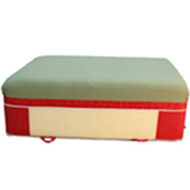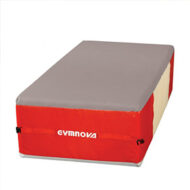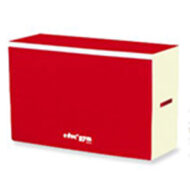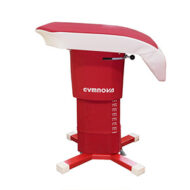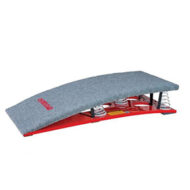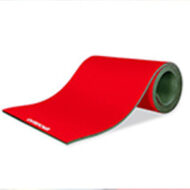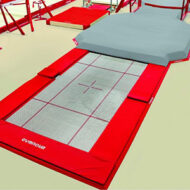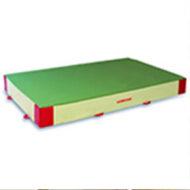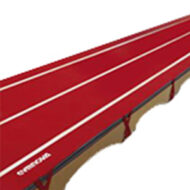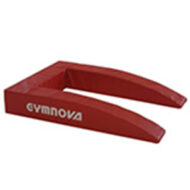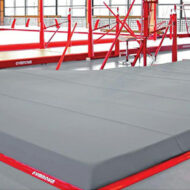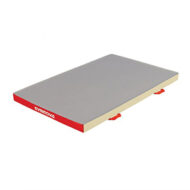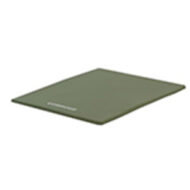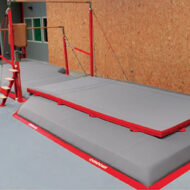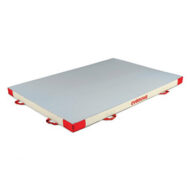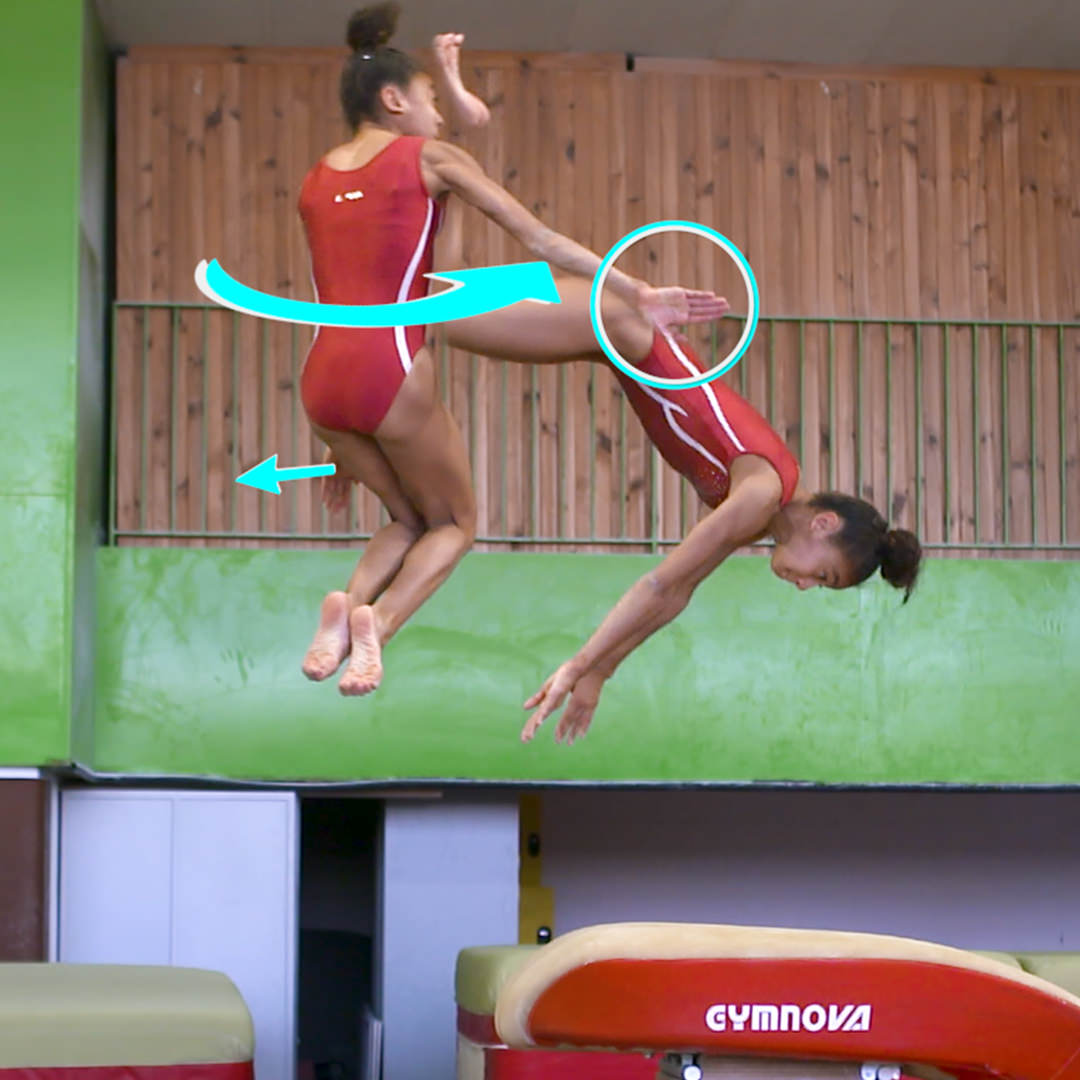Yurchenko tuck half-twist
How to teach the Yurchenko tuck half-twist



Angelo Ritorto
Yurchenko tuck half-twist
How to teach the Yurchenko tuck half-twist
description
In this training course, you'll learn one of the most important techniques you need for gymnastics! It all comes down to this question: how do you initiate twists when moving backward in the second flight on vault?
With this knowledge, you'll be able to teach your gymnasts a Yurchenko tuck half-twist. This technique is identical for more complex vaults like a Yurchenko fulls. For this reason, this training is an essential prerequisite for any vaults with a twist in the second flight.
This video training is made up of four main chapters for a comprehensive understanding of this vault. The first chapter breaks down the skill to examine it in detail, in order to understand when and how to twist. In particular, you will learn why twists in tuck position help with the acquisition of twists with a stretched body.
The second chapter is dedicated to the prerequisites. We often simply list the prerequisites for a movement. And yet, they form more than a simple list, as mastering these prerequisites makes all the difference with the skill progression.
In the third chapter, we'll tackle the skill progression. From the trampoline to the tumble track and on to exercises with short and long run-ups, we'll show you how to teach this movement step by step.
The final chapter is also one of the most important: it examines the spotting technique for a half-twist. Mastering this technique will make all the difference in training. Thanks to you, your gymnasts will learn this half-twist in the second flight much better and more quickly.
We hope you enjoy the training.
Associated books
Let's Teach artistic gymnastics on Vault - Volume 2
Learn how to teach:
• Handspring front • Tsukahara tuck • Yurchenko •
All the exercises needed to learn these technical elements, from their beginnings to the execution of complete skills
→ 176 exercises - 252 pages - Format 15 x 21 cm -
A note on the series of books, "Let's teach gymnastics":
• Our books are essential companions to the video training on the same topics that you find in the section "Gymnastics Education" here on GymneoTV.
• Their spiral binding and tabbed pages allow you to quickly find the skills you want to look at, and easily locate the drills and training stations.
• The summaries of technique and the large format illustrations made to scale make these books the ideal companions to your training sessions.
Our advice:
• For training session prep: thanks to the technique summary and icons at the top of each page, you can easily find the stations that match the current needs of your gymnasts. You can also anticipate the equipment needs for your upcoming session.
• During training: with the help of realistic images, you can save time by showing your gymnasts the drills to work on. They will also be able to help you set up the training stations and thanks to the illustrations, they'll more easily understand the task at hand.
• You will improve the constant exchange that you have with your athletes. In fact, when giving your instructions, the illustrations create common ground for discussions or reference points. They make it easy to understand and/or visualize technical placements, which makes it much easier to learn the element.
